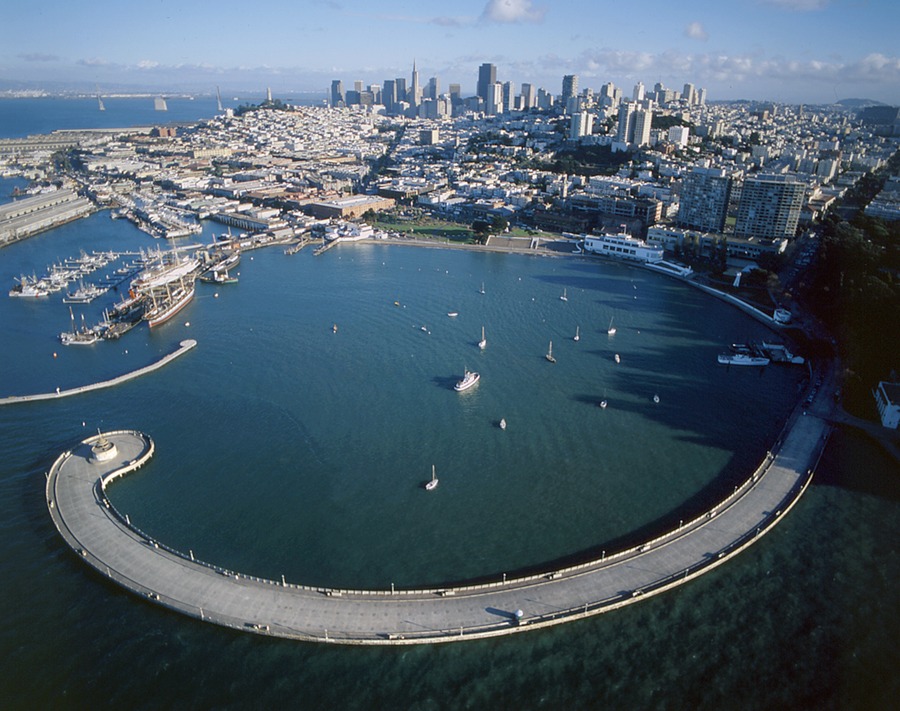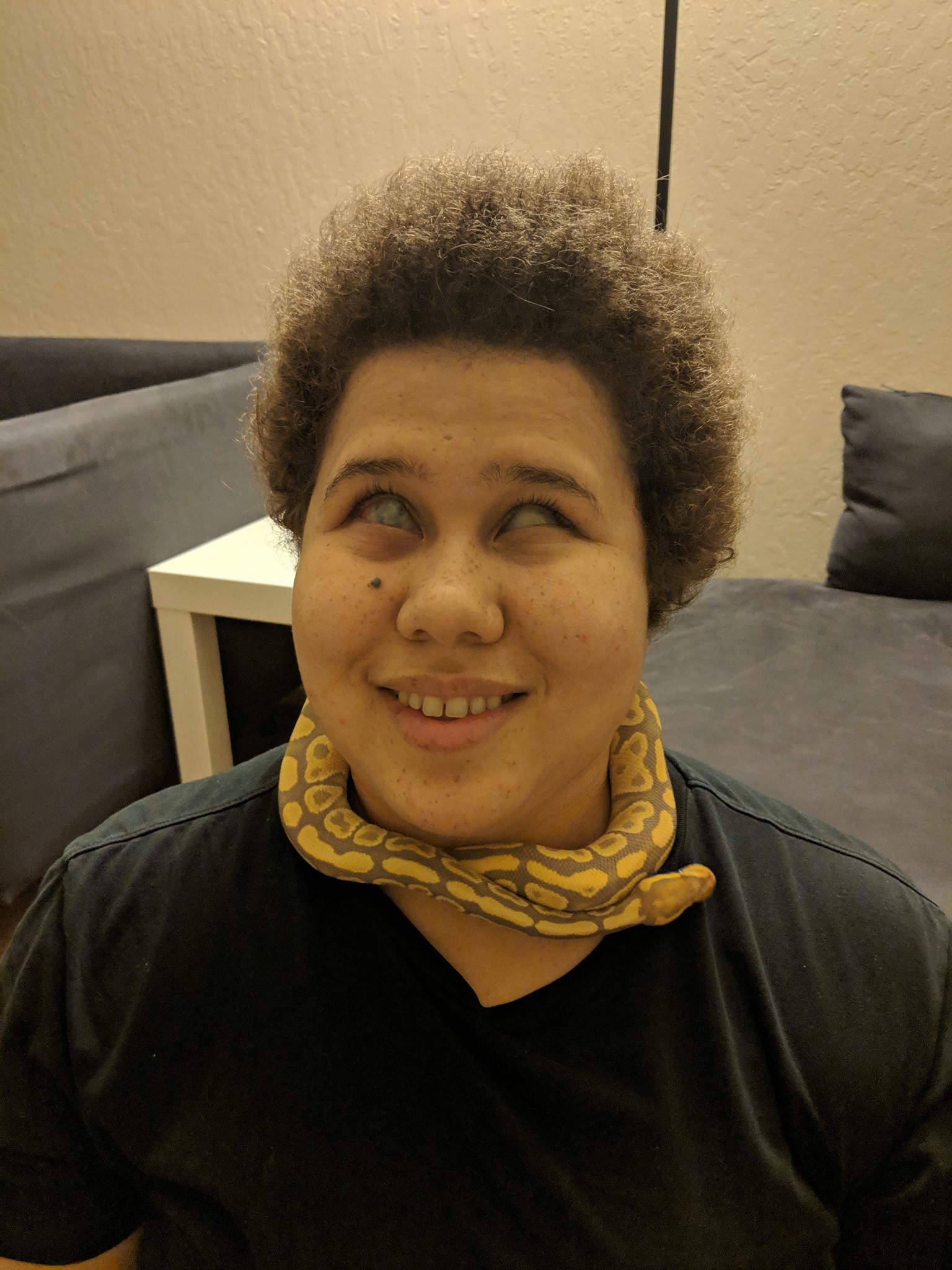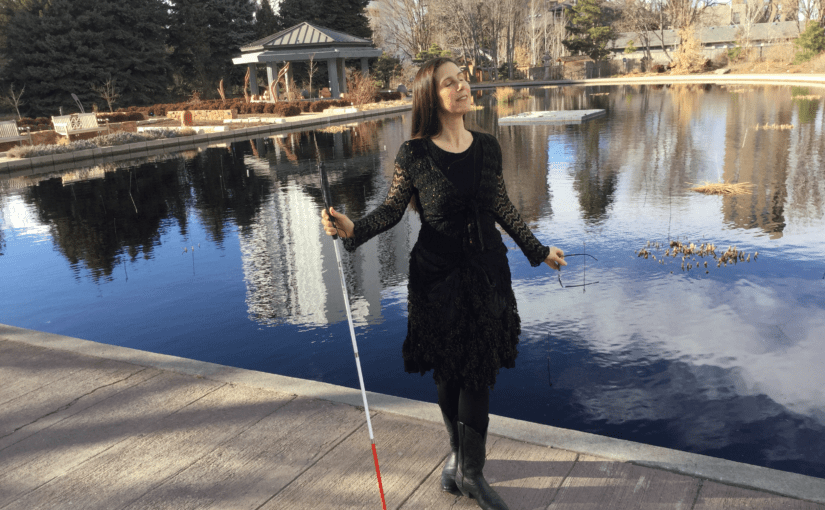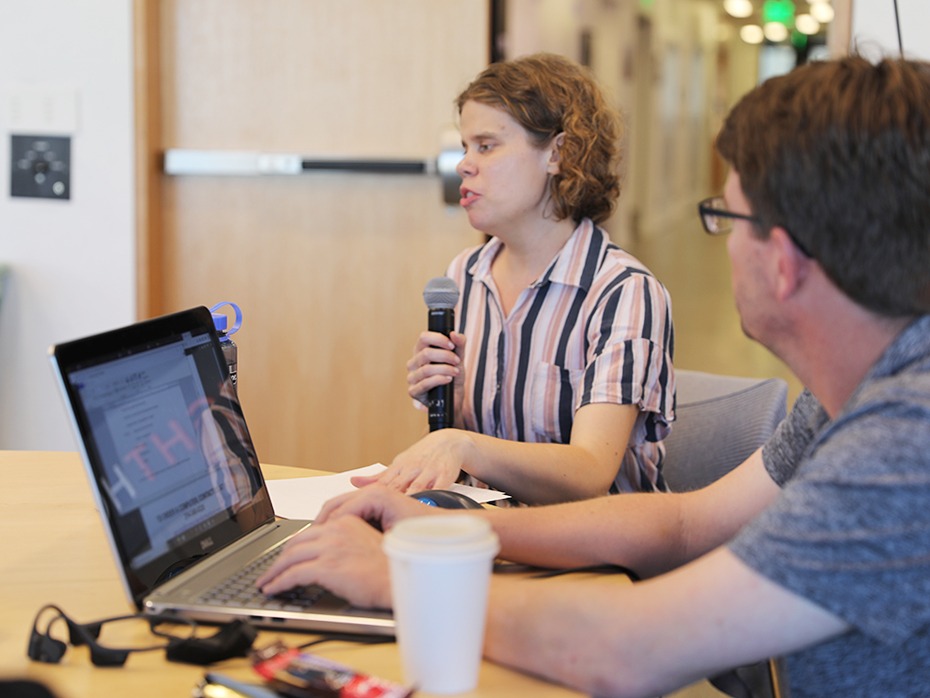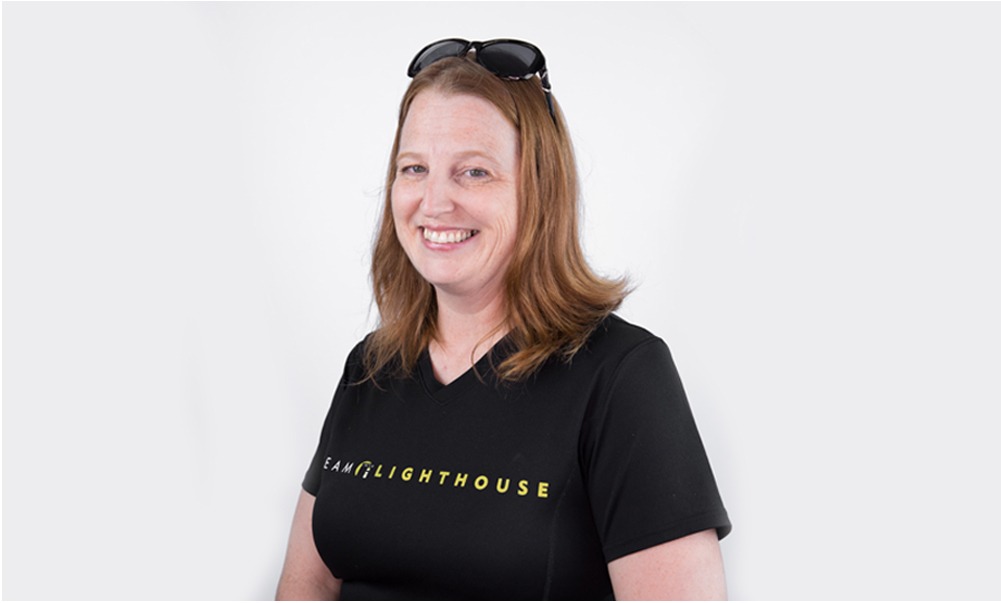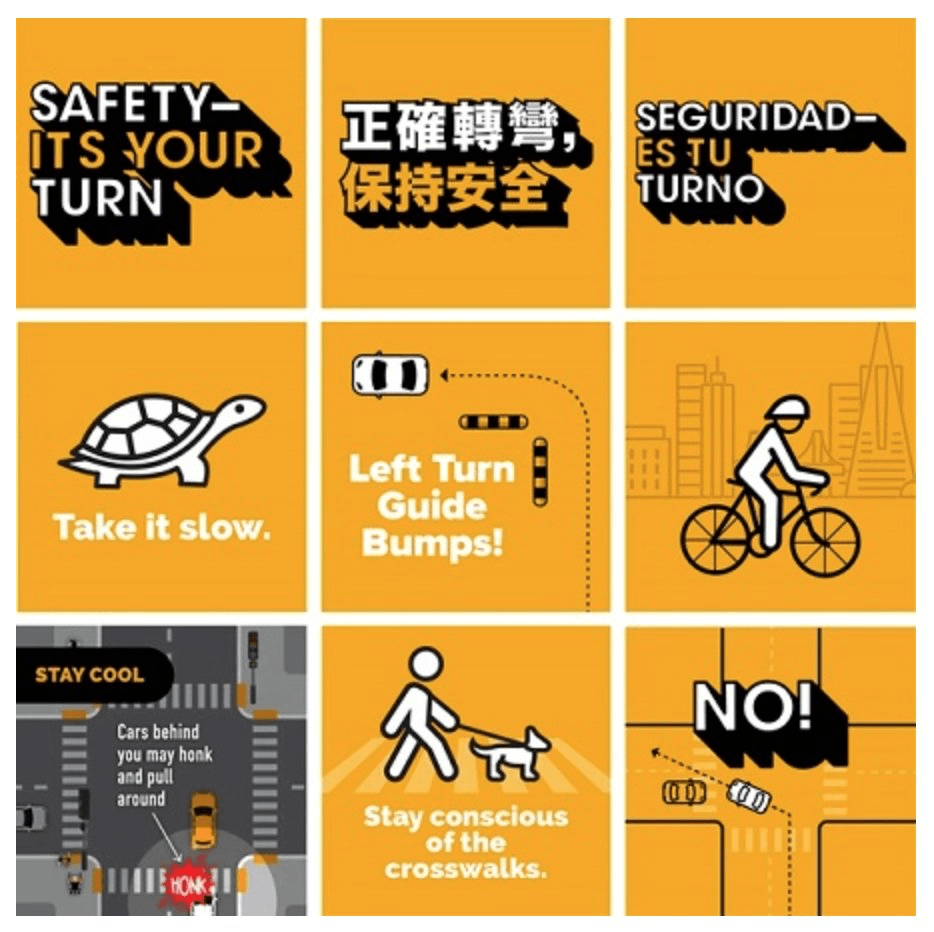San Francisco’s Aquatic Park and Pier Wants Your Input
San Francisco’s scenic and historic waterfront is revamping the space and creating a new community-led project entitled the Aquatic Park and Pier Project. The Maritime National Park Association is...
